When It Looks Too Good to Be True
- koepkeya
- Sep 21, 2023
- 3 min read
We've all been there. You run into Lowes for some paint or for a new rug, and you get pulled into the garden center by all the beautiful plants.
You see one that is your favorite color and come up with the perfect place for it in your landscaping. Before you know it, you're unloading it at home and getting ready to plant it.
Not so fast, friend.
While big box stores like Lowes, Home Depot, and Walmart sell gorgeous plants in their garden centers, they are not nurseries stocked with knowledgeable workers who breathe and dream of plants and trees.
They stock their stores with unusual plants you've never seen before. Ones your neighbors don't have.
Purple ones. Pink ones. Flowers that look like they should be growing in a tropical climate.
Because they should be growing in a tropical climate, and not Indiana.
That's right. The box stores don't care if they are selling you an expensive plant that won't make it through our winters.
If you buy a plant or tree at a big box store, you ABSOLUTELY must read the tag.
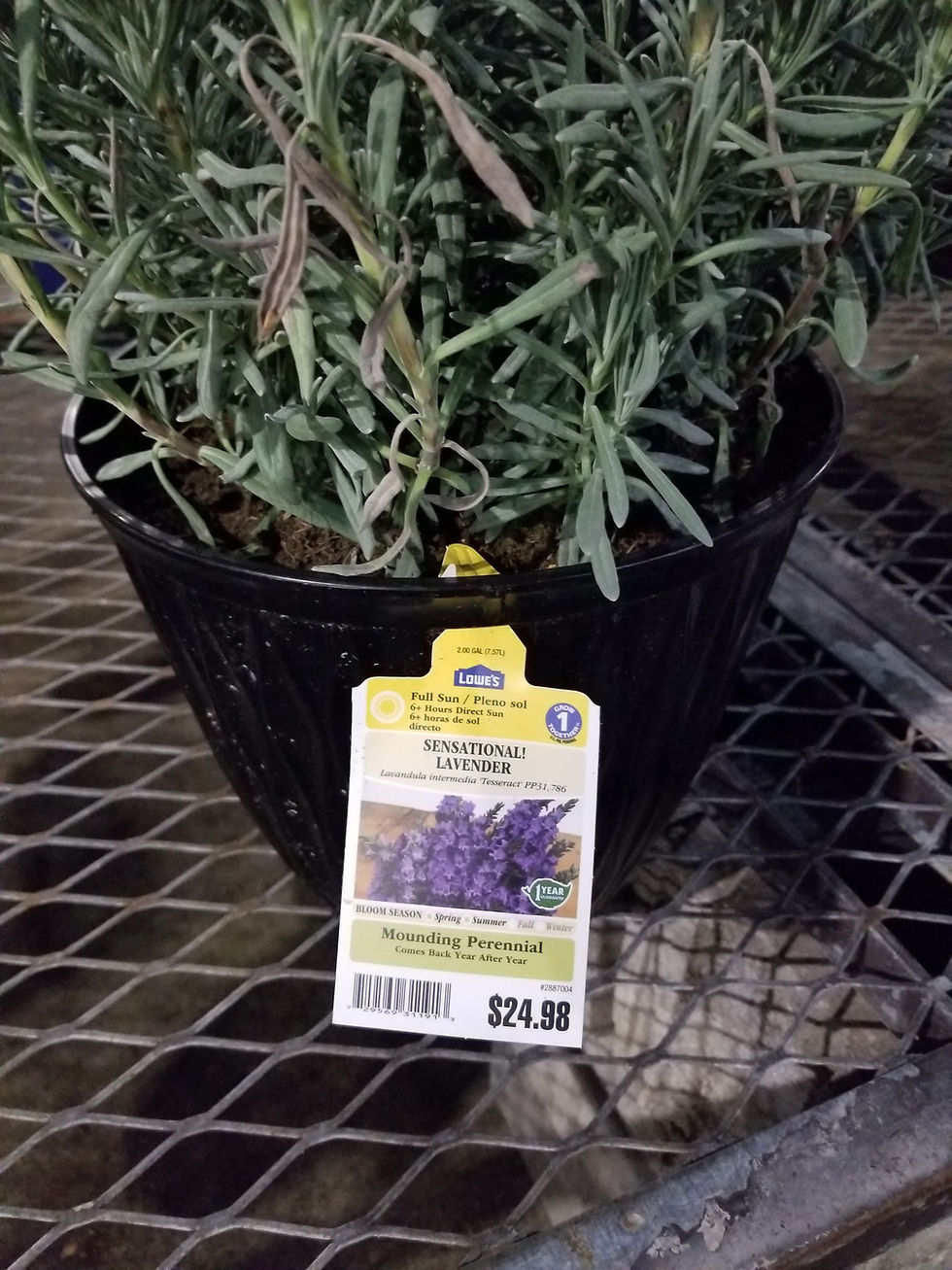
You are going to look for the information section that says Hardiness or Planting Zones.
Read that again, please.
If you want to be certain that the plant or tree will survive our winter, you need to read the tag and check the hardiness zone.
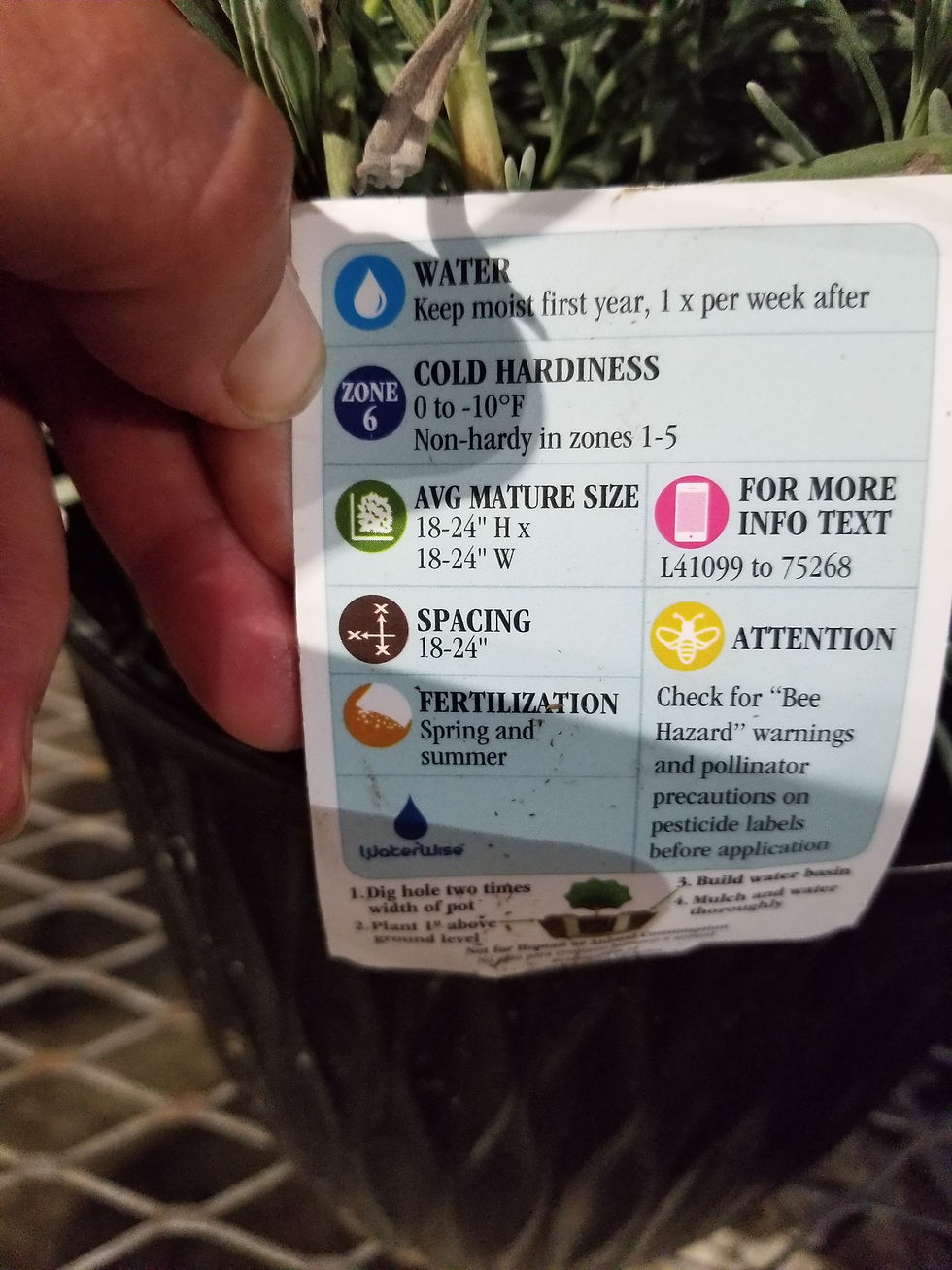
Most of us in Indiana live in planting zone 5 or 6. You can do a quick google search to confirm it.
This is vital information if you're buying a plant or flowers, especially at a big box store.
Why??
Because big box stores sell plants that are not suitable for our Indiana weather, especially our winters.
Most of us assume they are only going to sell us plants that will live. Nope.
When they ship out their plants, most stores aren't paying attention to which plants should be sold where. They simply ship them out to places where people will buy them.
They look gorgeous, amazing even...because often they are plants most of us haven't seen before.
There's a really, really good reason we don't see them around here. That's because they can't survive here.
I did a quick stop at Lowes and Home Depot last week to see what they were selling in their garden centers.
I immediately saw things that looked gorgeous, especially the colorful bushes.
Guess what?
They aren't compatible with our planting zone.
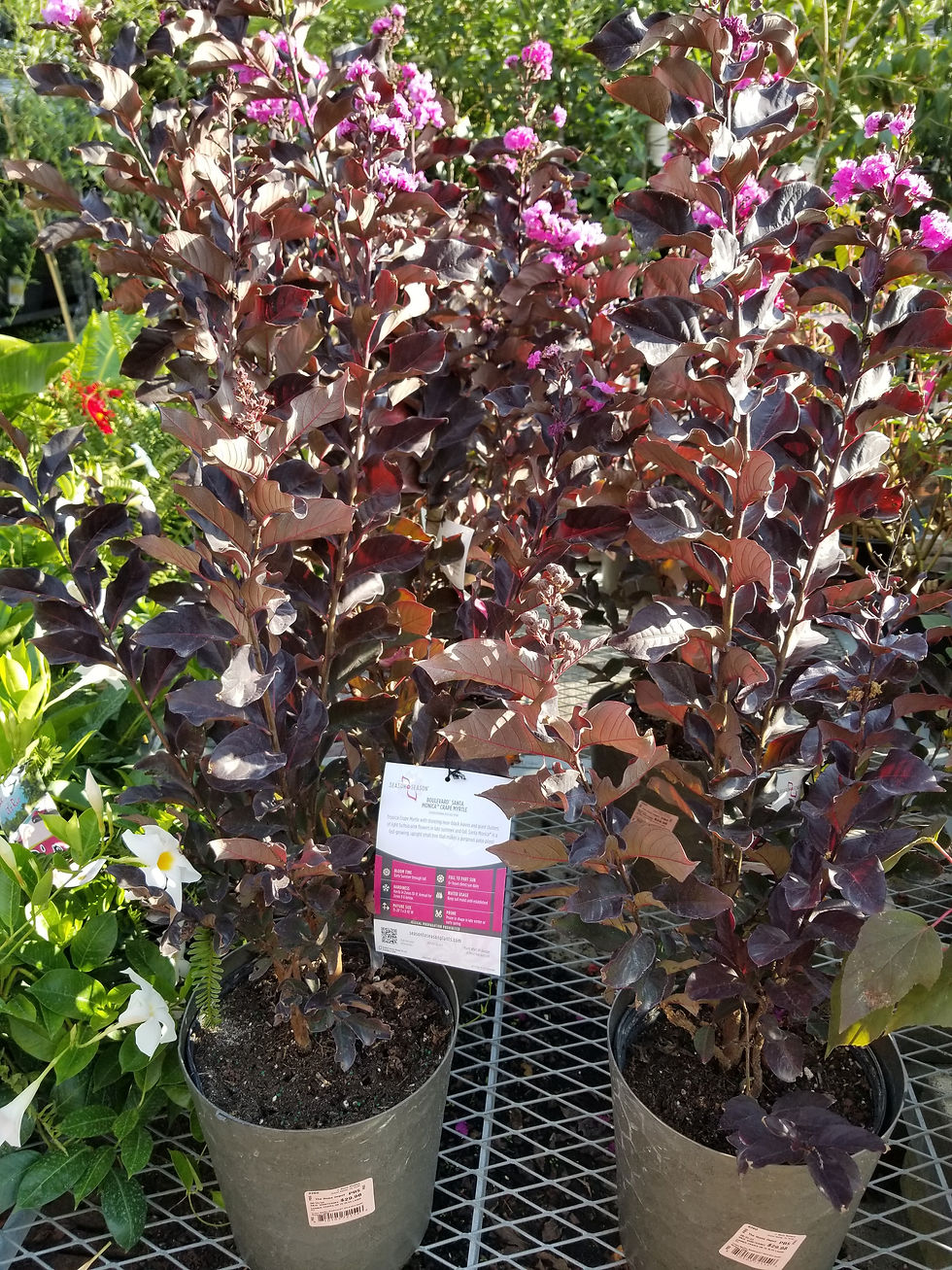
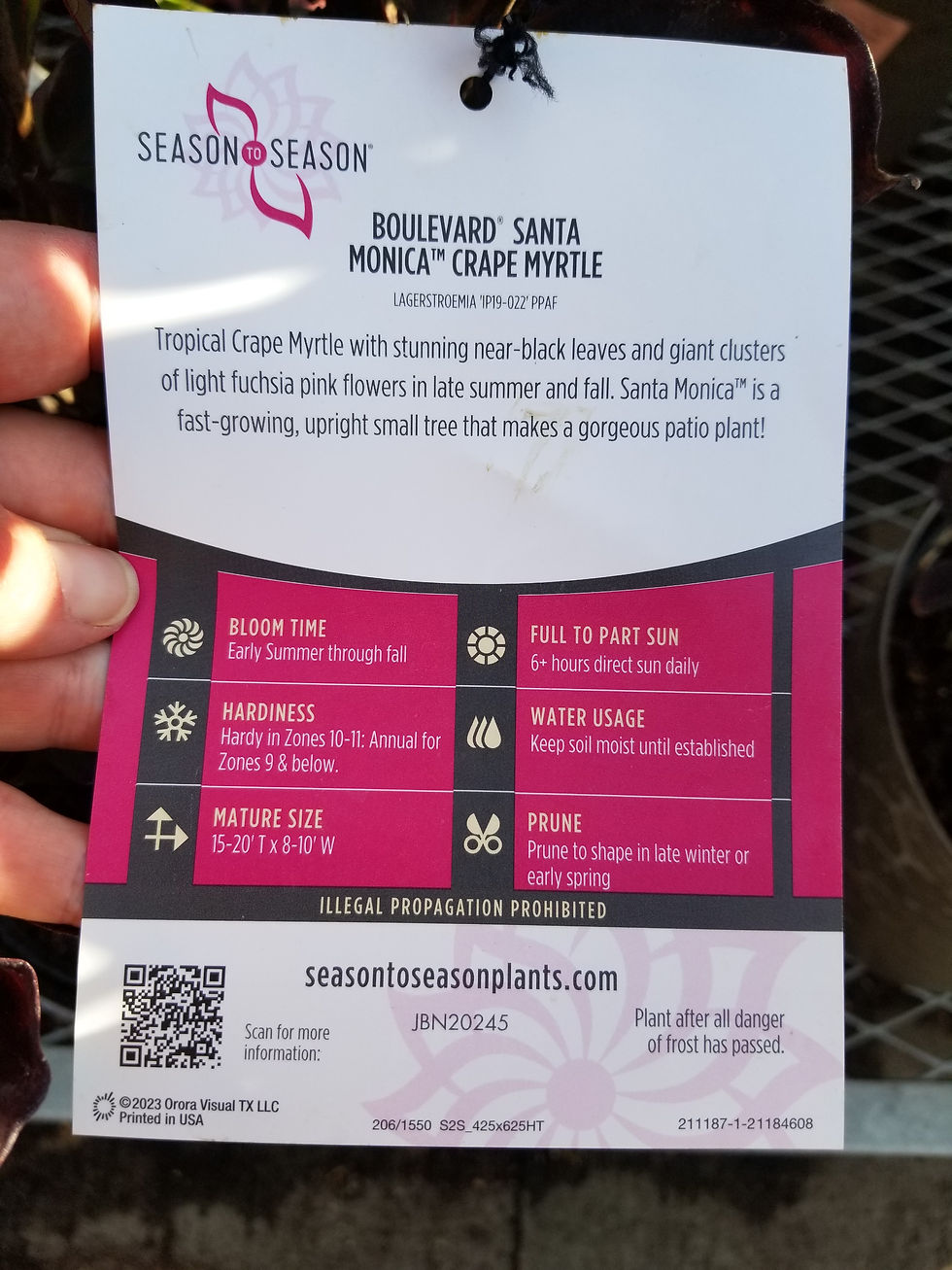
See that tag? Find the hardiness section.
That's right. This is hardy in zones 10 and 11. For the rest of us, this is an annual.
An annual. We are going to go through the trouble of lugging this beauty home, planting it, only to have it die once it freezes.
For $30. But that's a bargain. Some of the pretties I saw were $70. These are plants that would last six to eight weeks at the very most if they are planted in our hardiness zone.
Right now, the stores are filled with plants that look like they are perennials--plants that you put in the ground, and they return year after year. The problem is most of them are not going to return next year.
All the plants pictured here are ones that are going to die when it freezes. Every single one of them.
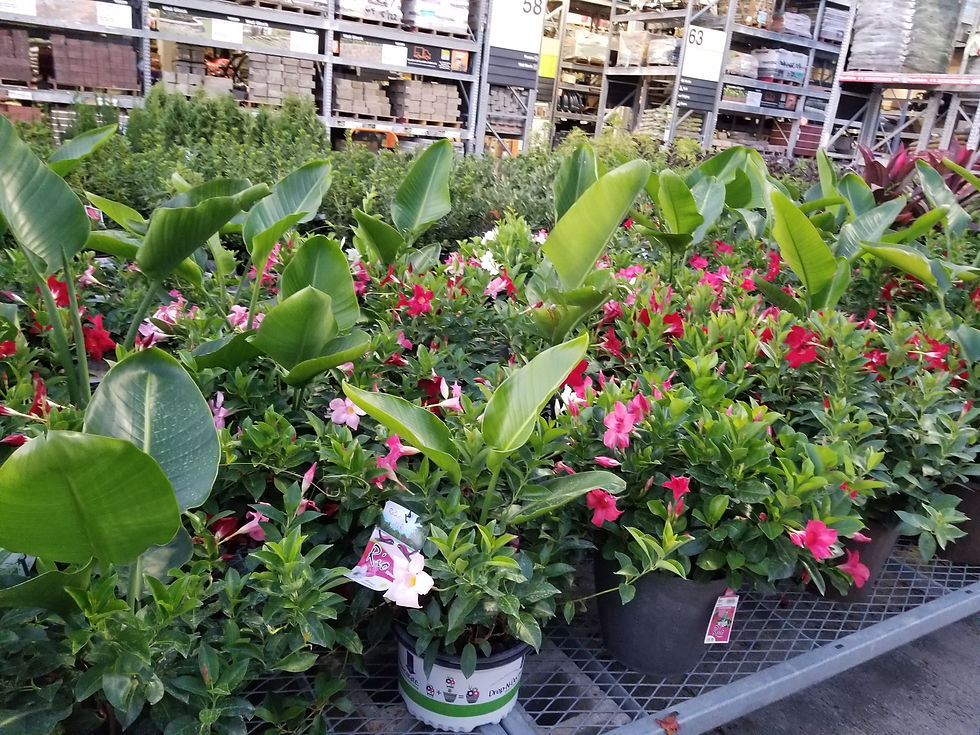
Friends, we've gotta read the tags.
Look for planting zone (or hardiness zone) 5.
If you live north of Indy, you are more than likely zone 5. South of it, then you are looking at zone 6. Just to be safe, especially since the weather is wonky, I'd stick with zone 5 regardless to give yourself a bit of a cushion.
I left those garden centers without anything that evening, except my stained fingernails.
All the things I wanted--that I fell in love with--weren't going to work in our growing area.
If I hadn't read the tags, I could've plunked down $350 for plants for my new patio that wouldn't have returned next year.
Ouch.
Read the tags.




Comments